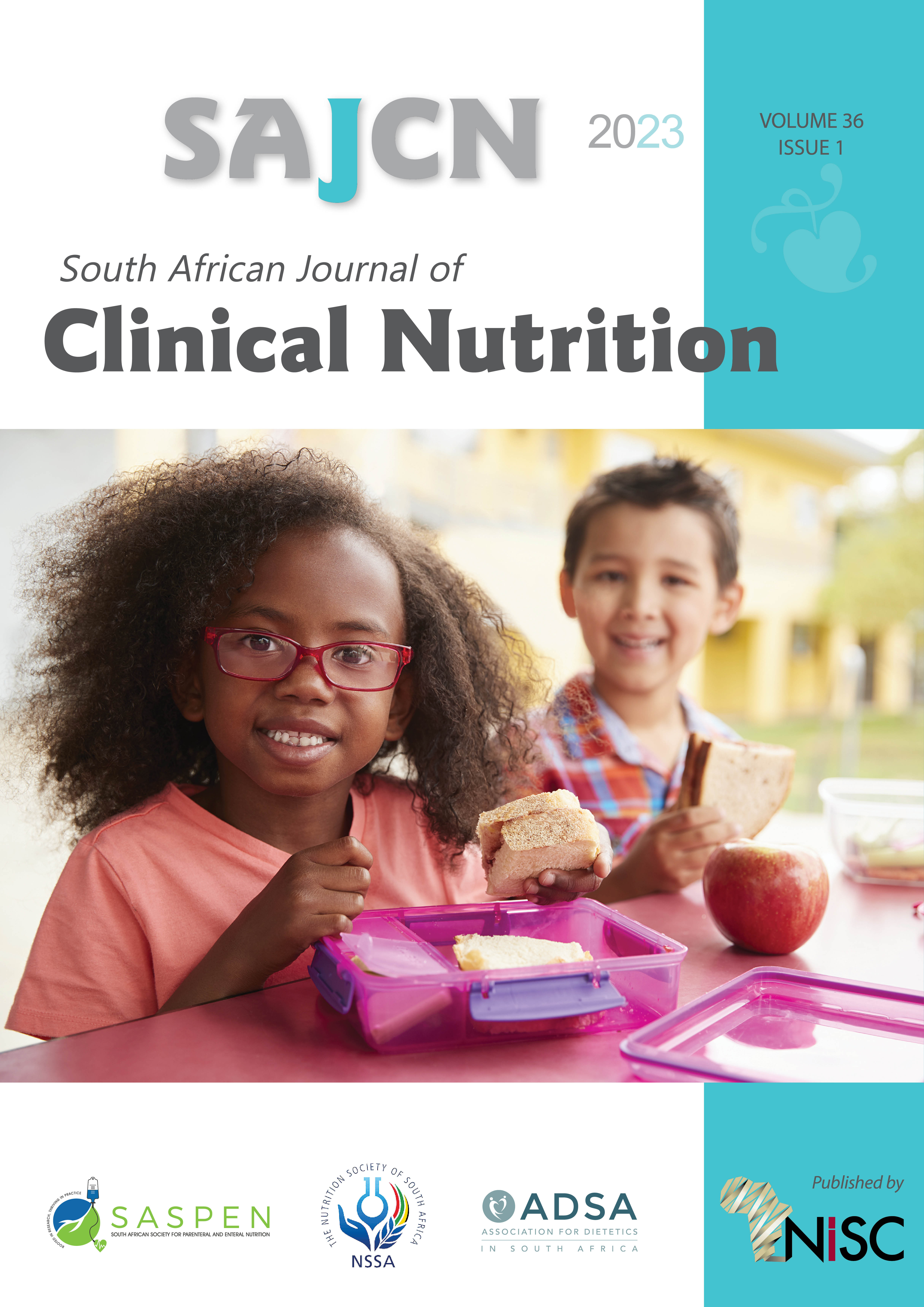The relationship of a weight-efficacy lifestyle with anthropometric indices among middle-aged Iranian women
Abstract
Background: Overweight or obese middle-aged women are at a greater risk of chronic diseases. This study aimed to evaluate the relationship between a weight-efficacy lifestyle and anthropometric indices in middle-aged women.
Methods: In this study, 500 middle-aged women were recruited randomly from ten public health centres in Ahvaz. A sociodemographic questionnaire and weight-efficacy lifestyle (WEL) questionnaire were used to collect the data. Anthropometric indices including weight, height, waist and hip circumference, waist–hip ratio, body fat percentage, and mid-upper arm circumference were measured. The Pearson correlation coefficient and logistic regression were used to analyse the data.
Results: Women with higher negative emotions and those with a higher availability of food were 0.93 (OR 0.93, 95% CI 0.86–0.99, p = 0.03) and 0.89 (OR 0.89, 95% CI 0.82–0.96, p = 0.003) times more likely to have a higher BMI, respectively. Women with increased negative emotion (OR 0.92, 95% CI 0.85–0.99, p = 0.04), and lower positive activities (OR 1.15, CI 1.05–1.27, p = 0.003) were more likely to have a wider waist circumference.
Conclusion: A weight-efficacy lifestyle was found to have a significant relationship with body mass index, waist circumference, hip circumference, waist–hip ratio, body fat percentage, and upper mid-arm circumference. Middle-aged women should be specifically educated regarding a weight-efficacy lifestyle.
Keywords: weight-efficacy lifestyle, middle-aged women, anthropometric indices
The SAJCN does not hold itself responsible for statements made by the authors.


